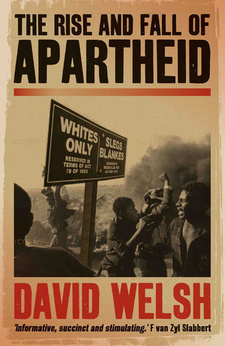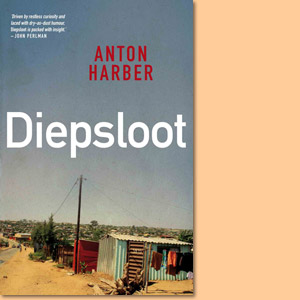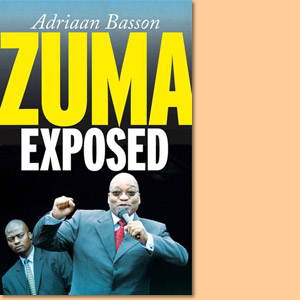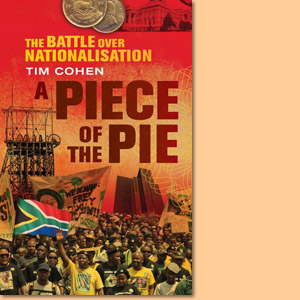The Rise and Fall of Apartheid, by David Welsh
David Welsh views the topic against the backdrop of a long history of conflict spanning apartheid's rise and fall, and the liberation movement's suppression and subsequent resurrection.
Afrikaner Nationalism and the Coming of Apartheid
On Friday, 28 May 1948, South Africa awoke to astonishing election news: the National Party had clawed its way to power. In alliance with the small Afrikaner Party (AP), the NP had won the 26 May ballot by the narrowest of majorities: five seats - 79 seats for the NP-AP alliance compared to 65 for the defeated United Party (UP), six for its ally, the Labour Party (LP), and three 'Native Representatives' (elected on a separate voters' roll), who would certainly vote against the incoming government. 'Now we feel at home again in our own country,' proclaimed DF Malan, the NP leader and Prime Minister-elect. The portents of this upset - only the second change of government via the ballot box since 1910 - had been visible for some time. Since 1939 the UP government, led by the Boer general JC Smuts, had been preoccupied with the Second World War. It had won a comprehensive victory in the 'khaki' election of 1943, when Afrikaner nationalists were fighting viciously among themselves. But, beginning in 1944, signs appeared that the tide was turning against Smuts's party. The resignation of several MPs and supporters in protest against the UP's lack of a clearcut colour policy, and a series of by-election defeats or victories with much-reduced majorities, should have punctured the UP's complacency, but the assumption of invincibility continued. The illusion that Afrikaner nationalists would always squabble among themselves was widespread in UP circles, and with it the comforting corollary that this would thwart their political unity. It was a fatal misjudgement. The underlying factor in the NP-AP victory in 1948 was the resurgence of Afrikaner unity. DF Malan, the 74-year-old patriarch who led the NP and now became Prime Minister, entitled his autobiography Afrikaner Volk Unity and My Experiences on the Way to It (translation). As the title suggests, Afrikaner unity was not automatic, despite a substantial cultural commonality, a sense of racial identity, and, to some extent, a shared historical experience. Unity had to be forged, and it was no easy task. The first stirrings of a sense of Afrikaner nationalism began in the last third of the nineteenth century as a response to the tightening grip of British imperialism. In a polemic published shortly after the outbreak of the Anglo-Boer War in 1899 Smuts, then state attorney of the Transvaal Republic, itemised with clinical detail and cold fury the injustices done by British 'capitalistic jingoism' to Afrikaners. Of the period after the discovery of gold on the Transvaal highveld in 1886, he wrote: [It] is characterised by the amalgamation of the old and well-known policy of fraud and violence with the new forces of Capitalism, which had developed so powerfully owing to the mineral riches of the South African Republic [the official name of the Transvaal]. Our existence as a people and as a State is now threatened by an unparalleled combination of forces. Arrayed against us we find numerical strength, the public opinion of the United Kingdom thirsting and shouting for blood and revenge, the world-wide and cosmopolitan power of Capitalism, and all the forces which underlie the lust of robbery and the spirit of plunder. This was strong stuff, and typical of the tone of the book. Famously and ironically Smuts made his peace with the British in the aftermath of the Anglo-Boer War (1899-1902) and became a strong protagonist of the Empire, earning for himself the sneering description 'handyman of the Empire'. [...]
This is an excerpt from the book: The Rise and Fall of Apartheid, by David Welsh.
Title: The Rise and Fall of Apartheid
Author: David Welsh
Publisher: Jonathan Ball Publishers
Johannesburg & Cape Town, South Africa 2011
ISBN 9781868423521 / ISBN 978-1-86842-352-1
Hardcover, 15x23 cm, 647 pages
Welsh, David im Namibiana-Buchangebot
The Rise and Fall of Apartheid
This is an authorative, balanced and lucid history of the rise and fall of Apartheid in South Africa.
The Passion for Reason. Essays in Honour of Frederik Van Zyl Slabbert
Various well known authers have contributed essays in honour of Frederik Van Zyl Slabbert in The Passion for Reason.
Weitere Buchempfehlungen
Diepsloot
In little more than a decade, Diepsloot has transformed from a semi-rural expanse to a dense, seething settlement of about 200 000 people.
Zuma Exposed
Zuma Exposed is the book President Jacob Zuma does not want you to read. It reveals the truth behind Jacob Zuma’s presidency of the ANC and South Africa.
A Piece of the Pie. The Battle over Nationalisation
A Piece of the Pie: The Battle over Nationalisation offers a short, accessible overview of the political and economic debate surrounding nationalisation in South Africa.






